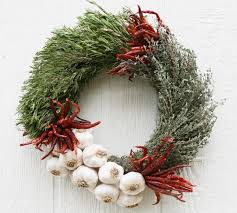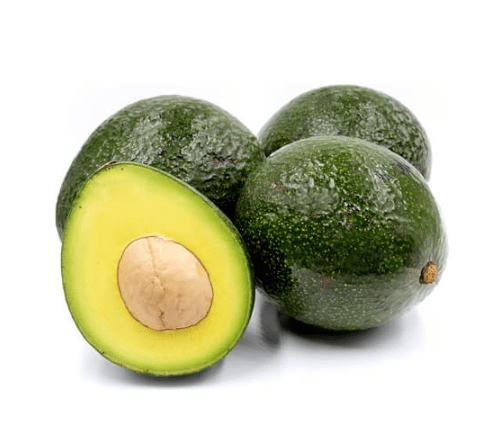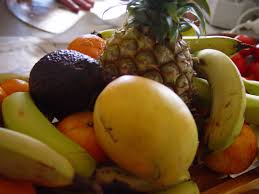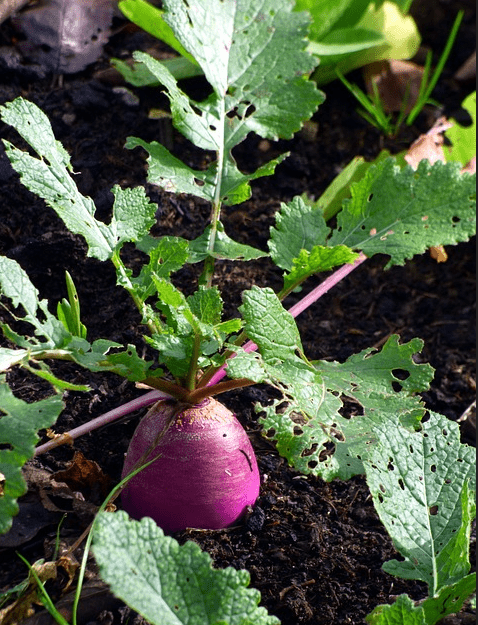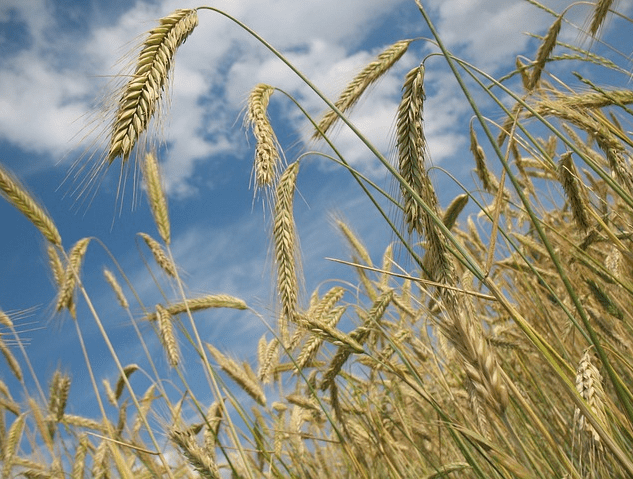That’s it, Passover is behind us. At least we are not expected to collect crushed matzah crumbs from every corner of the house –for some reason matzos stay around for a long time after the holiday itself is over.
one of the children asked, during the Passover preparations, what is the logic in collecting all the hametz crumbs just so they are replaced with matzah crumbs, but at least now we can enjoy a delicious bun and savor a slice of cake alongside a cup of coffee. If the desire is great, you can always make more haroset. I suppose fewer people will want to make hazeretwhen the Passover plate is not waiting to be filled. And most certainly, weare now relieved of trying to make a delicious, satisfying and healthy lunch –while involving matzah.
From here on out, summer will slowly creep up on us, and although I am no prophet, I have a feeling that the rain that hit us last Saturday is probably the malkosh. We have already moved to daylight saving time, and can feel the days getting longer – we will now also feel how they are warming up.
So before we run out of spring and summer comes with all its glory, we should take advantage of the season and eat what is growing now and will not be available later, which is usually combined into the dishes and foods that are especially for spring. The first example that comes to mind is the organic green garlic. It is somewhat similar to its cousin the dry garlic – but with a fresher andmore delicate flavor.
It feels good to generouslychop it into the salad (as well as eat it afterwards). In the spirit of the period, it is appropriate to remember its anti-bacterial and anti-fungal properties, in addition to a variety of other benefits it holds within – prevention of cardiovascular diseases, cholesterol balance, prevention of bad breath and reducing acne outbreaks.
Spring season is also the green almond season. After admiring the almond blossom – it's time to take a handful of green almonds, brew, chop (or in the opposite order), add to them some of the green garlic we mentioned just a moment ago, add some lemon and some green leaves for flavor (such as organic baby leaves).
If you want a real treat, add a handful of crunchy sprouts – and you have a magnificent outstanding spring salad. The almonds can be brewed much more too, or even cooked, added to rice dishes, and also preserved in brine – they remain crunchy and are wonderful as a snack.
What more? Now is the time to pay attention to all the greens, which are still crisp and delicious and in stock, but as the hot days approach, they will reduce their presence. A variety of lettuces – the regular romaine, the silky dual colored lettuce as well as others – mix in a big big bowl, add rich dressing and feast!
The kale, variety of spinaches, even the radish leaves – all are still delicious and good for a sauté, for salads (spinach slightly less) and for making pesto. As for the spinach – if you have left over from Passover, besides matzos, also rice leaves (those white circles that are soaked in water to soften them and then used to wrap stuffing inside them) – sautéed spinach, with fresh green garlic (yes, yes, should be added here too) with or without salty cheese would be a great combination.
While there is still some more time, but towards the peak of summer the organic cucumbers will also leave us, giving way to the slightly similar summer guests – the fakous (aka the Armenian cucumber). Therefore, anyone who loves cucumbers should enjoy them now, as long as they are content with the weather, crunchy and plump. They can be cut into the traditional Israeli salad, or alternatively with Japanese-style seaweed with some soy sauce, sesame oil and green onions.
For those who are not willing to endure longing during the summer and wants to pickle something tasty (always recommended) – you can of course store some cucumbers in a jar with brine (if you haven't thrown them all out during the Passover cleaning). If you really like preserving and jarring – you can also add a jar of sauerkraut (the end of winter cabbages are best for this purpose) and radishes will best serve you when making kimchi. You do not have to fully follow the preparation instructions you find for kimchi since they usually include amounts of hot pepper that can suffice a small Cambodian village, and it comes out delicious with just a little spiciness and sometimes even without any.
Take care and stay healthy!
Yours,
Maggie's Garden Team
Forecast:
In the ORGANIC vegetable baskets we expect (draft only):
Cucumber
Tomato
Lettuce
Potato
Pumpkin
Coriander
Celery
Spinach
Onion
The Large organic vegetable baskets also include:
Colrahbi
Parsley
Kale
In the ORGANIC fruit baskets:
Orange
Bannana
Apple
The large ORGANIC fruit baskets also include:
Grape fruit
Clementine
The ORGANIC Green Basket:
Dill
A kind of lettuce
Celery
Sprouts
Swiss Chard
Kale
Green onion

